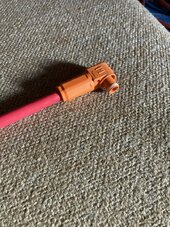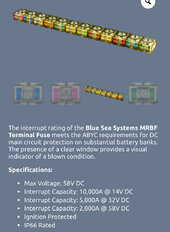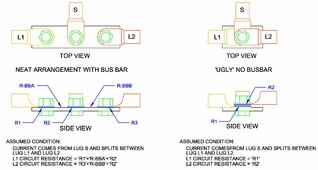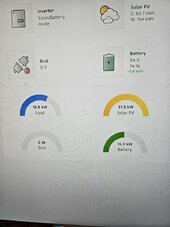Zwy
Solar Wizard
The way I did it was to have the T fuse at the battery which all connect to the busbar that runs up the side. 4/0 cable to the shunt trip ABB breaker which can be tripped by either the Batrium BMS due to over current (sensed by it's shunt) or the breaker itself. From there it goes to the Victron Lynx, from the Lynx it is split for each inverter and there is another pair of 200A Class T fuses, one for each inverter, inside the wiring trough.Right. But a breaker on the battery? Should, right?
I like fuses in many cases, if there is a problem I want shutdown. Size the wire and fuse appropriately. There should not be a blown fuse if done correctly unless there is a fault.







